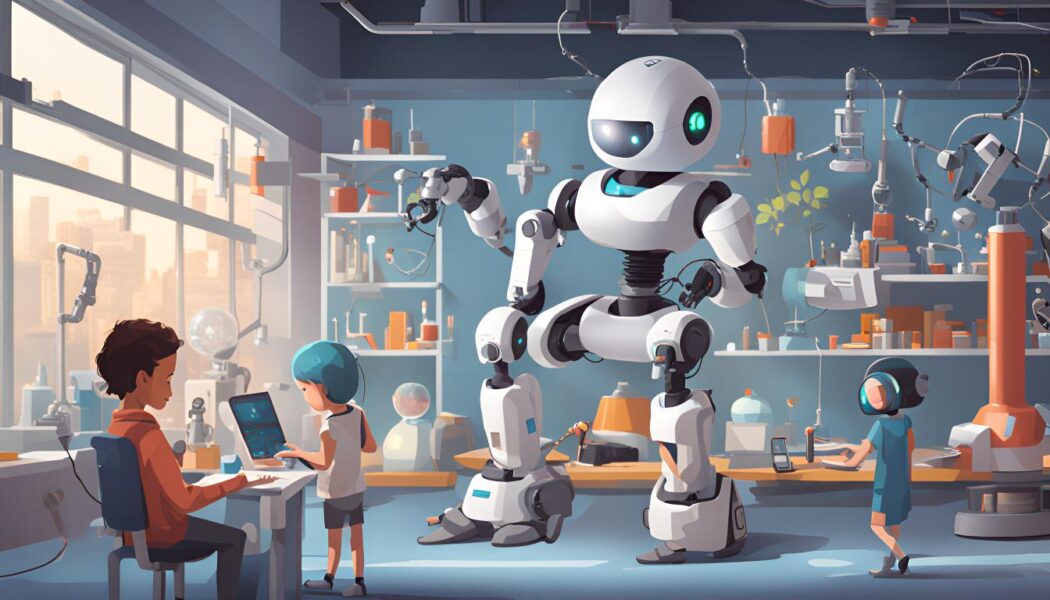The Secret World of Machines: How Robots and AI Work

About Course
The Secret World of Machines: How Robots and AI Work is a course that takes learners on an exciting journey into the world of robotics and artificial intelligence (AI). It covers the basics of how robots and AI systems are designed, programmed, and how they interact with their environment.
Through interactive lessons and hands-on activities, participants will explore topics such as programming, automation, machine learning, and decision-making. They will gain an understanding of how AI powers everyday technologies, like self-driving cars and personal assistants, and how these innovations are revolutionizing industries like healthcare, entertainment, and beyond.
This course is ideal for curious minds looking to dive into the technology behind intelligent machines and learn how robots and AI are shaping the future.
Course Content
Introduction
Introduction to Robots and AI
00:00